Talk about patronage of the arts and the conversation will inevitably turn to the Renaissance. When the period was at its most artistically fertile, noble families – usually based in Florence, like the Medicis – would pay artists to create work, often putting them up in their city palazzos or countryside villas to do so. That tradition still exists today, though admittedly it looks a little different. There are still benefactors populating Tuscany with artists, but now, many are hosted in luxury hotels, where they are given time and space to create work. Among such benefactors is hotel Monteverdi, which is now opening a gallery space designed by London’s Foster+Partners to exhibit the work of artists who have held residencies at the property over the past several years.
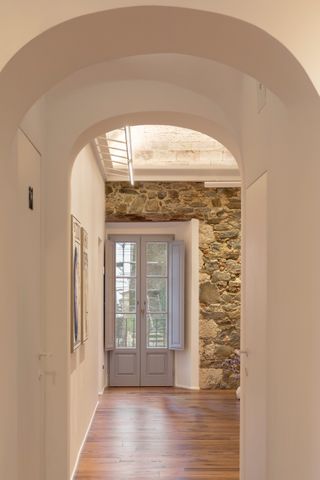
(Image credit: Courtesy of Monteverdi Hotel)
Monteverdi is set within the Val D’Orcia, part of a 22-acre Unesco World Heritage Site. To reach it, you must wind past olive groves and quiet rural towns until you get to the village of Castiglioncello del Trinoro, and begin to ascend to the top of a steep hill.
On first approach, the hilltop hotel resembles a quaint stone village – and in fact, it once was. Yet the settlement had been mostly abandoned for decades before Monteverdi opened in 2012. The hotel now functions as an albergo diffuso (a ‘scattered hotel’) with 31 rooms, two restaurants, a bar, a spa and a wellness centre dotted about in onetime homes and community buildings. On 7 May 2024, a contemporary art gallery was added to that list, and will show the work of the many artists who have spent time here.
Curator Sarah McCrory on Monteverdi’s new art gallery
To realise both the artist residencies and now the gallery, Monteverdi sought the advice of London-based curator Sarah McCrory, the director of Goldsmiths Center for Contemporary Art and former director of the Glasgow International Festival of Contemporary Art. Alongside Monteverdi owner Michael L Cioffi, McCrory’s vision for the gallery was simple. ‘A lot of my work has been commissioning artists but also working with them throughout their careers at different stages,’ she explains. ‘One of the reasons Michael and I had a connection is that we are curious about what happens when you work closely with an artist [over a long period] and what impact an exhibition or a situation can have on their future career?’
With the residencies – which have hosted luminaries including Asteroid City director Wes Anderson and playwright Jeremy O Harris – and now the gallery, McCrory is keen to realise her mission of helping artists develop their practice simply by giving them space to work and to be seen.
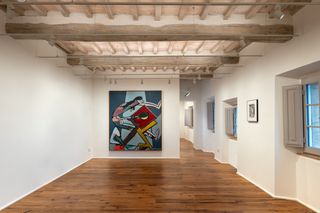
(Image credit: Courtesy of Monteverdi Hotel)
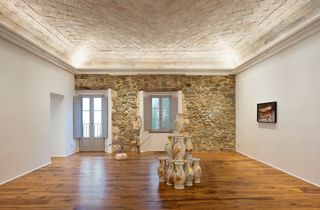
(Image credit: Courtesy of Monteverdi Hotel)
The inaugural show includes the world of artists Patrizio Di Massimo, Monster Chetwynd, Laure Prouvost, Matt Connors, Ansel Krut, Billy Sullivan and Linder, all of whom have spent time at Monteverdi.
‘Many of the artists either explicitly or almost subconsciously have referred to the amazing site in Val D’Orcia,’ says McCory of the upcoming show. ‘Monster Chetwynd came on a residency and used the chapel as a studio. Her practice usually is quite large-scale performance productions. But for this, she wanted to kind of retreat slightly and have a moment of pause. She ended up working on a body of paintings called Bat Opera, featuring bats as operatic characters.’
Patrizio Di Massimo was also inspired by the ancient chapel. According to McCrory, ‘He created a series of works of saints because he was influenced by the proximity of the gallery to the chapel. When he was rummaging around, he found a drawer of very old vestments. He included some of these priests’ vestments in his exhibition, alongside his paintings of Joan of Arc and St Peter.’
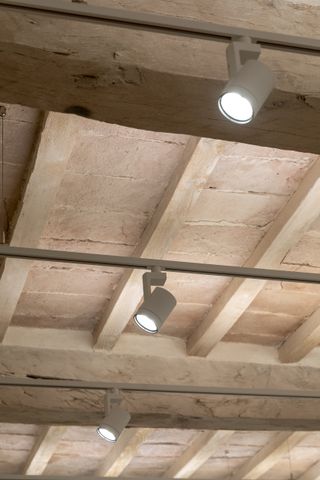
(Image credit: Courtesy of Monteverdi Hotel)
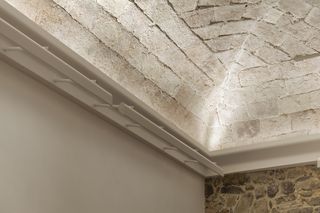
(Image credit: Courtesy of Monteverdi Hotel)
Monteverdi’s new purpose-designed gallery space is by Foster+Partners. ‘We have upgraded the building to the state-of-the-art standards of a world-class museum while respecting its heritage and history,’ says Nigel Dancey, head of the studio at Foster + Partners, who sourced 90 per cent of the project’s materials within a 100-mile radius. ‘Our approach was to preserve and retain as much of the existing historic fabric through an extremely light touch intervention that allows the artworks to be the natural focus of the project within the historic and natural context of the Tuscan countryside.’
Indeed, a connection to the landscape was an integral part of the new design, which left the drystone walls, vaulted ceilings and original wooden beams in situ. ‘We’ve also kept the windows out onto the valley, so there’s still a connection with the outdoors,’ says McCrory. ‘We didn’t want the gallery to be a conventional white box because nothing about Monteverdi is neutral. It’s all very heavily influenced by its history, culture and landscape. So, the windows open out onto this incredible view, meaning the art is always in conversation with that. And the architects acknowledged that.’
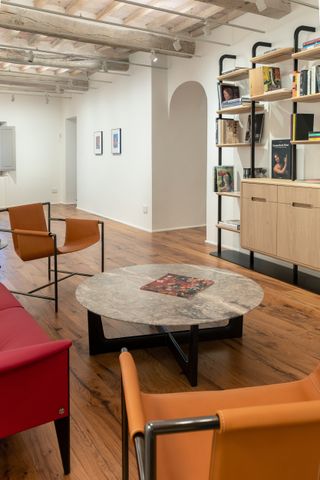
(Image credit: Courtesy of Monteverdi Hotel)
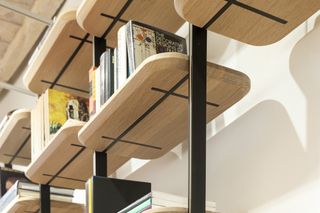
(Image credit: Courtesy of Monteverdi Hotel)
The opening exhibition will run from 16 May until 26 May 2024 at Monteverdi Tuscany, monteverdituscany.com


